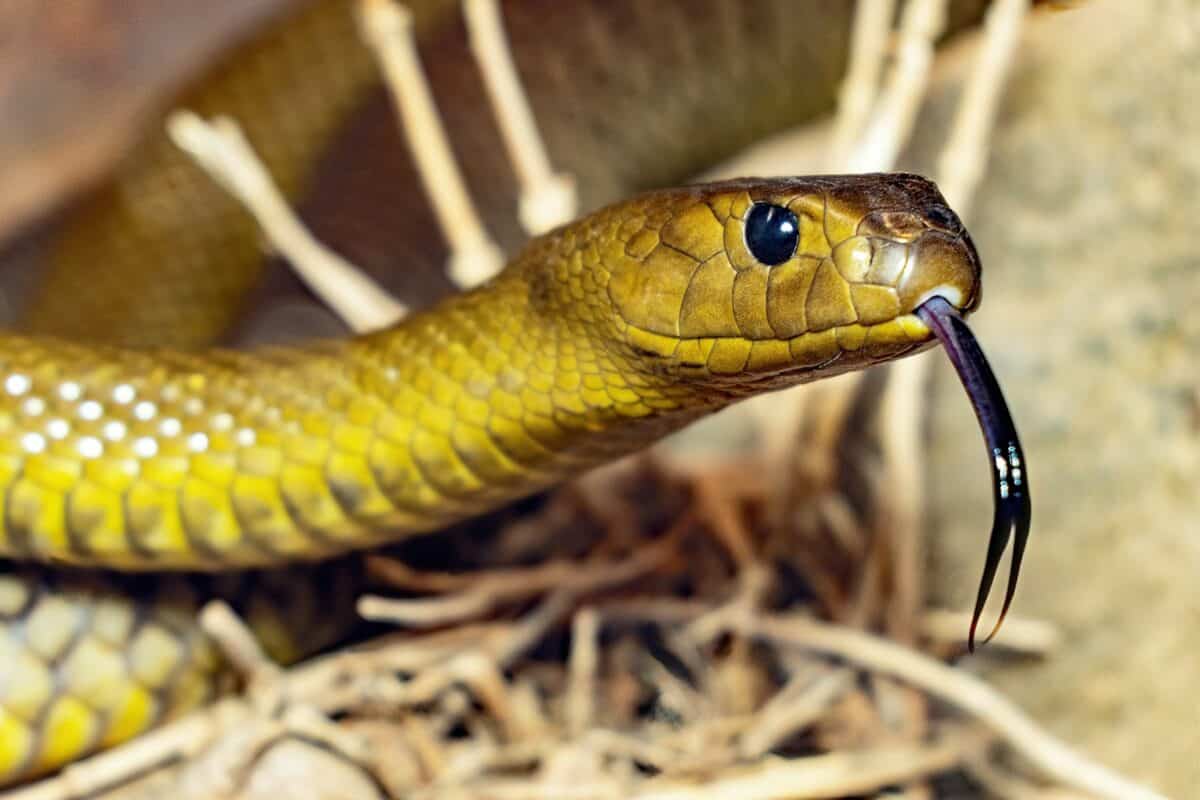Snakes are fascinating reptiles that have adapted to diverse environments across the United States. Their activity levels fluctuate dramatically throughout the year due to their ectothermic (cold-blooded) nature, which makes them reliant on external heat sources to regulate their body temperature. Understanding when snakes are most active can help outdoor enthusiasts, homeowners, and nature lovers better prepare for potential encounters and appreciate these important members of our ecosystem from a safe distance. This article explores the seasonal patterns of snake activity across different regions of the United States, factors that influence their behavior, and practical advice for coexisting with these remarkable creatures.
The Seasonal Nature of Snake Activity
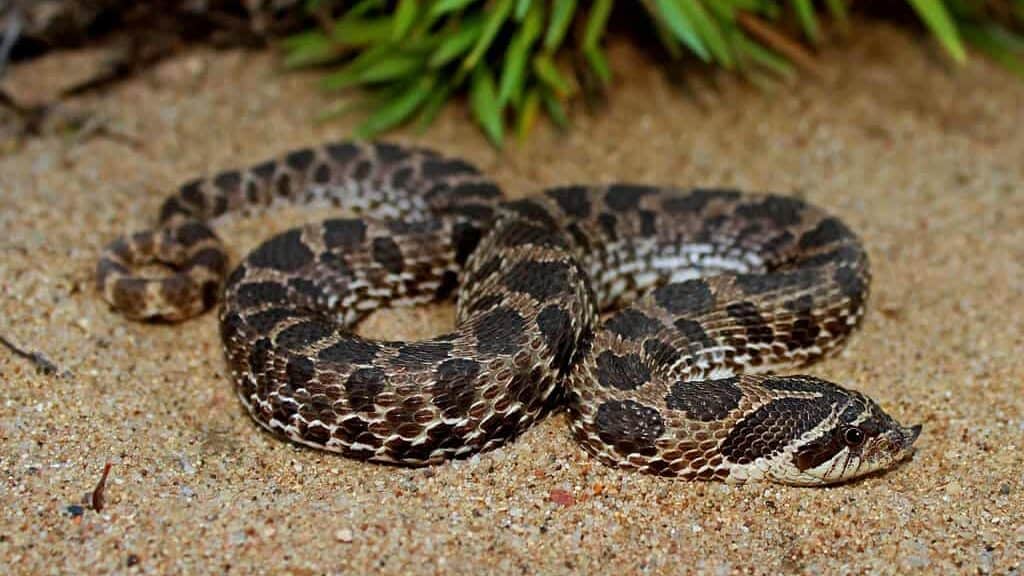
Snakes in the United States generally follow a predictable annual cycle of activity tied closely to temperature changes. As ectotherms, snakes cannot internally regulate their body temperature like mammals do, making them particularly sensitive to environmental conditions. Most species enter a period of reduced activity or brumation (similar to hibernation) during colder months and become increasingly active as temperatures rise in spring.
Peak activity typically occurs during late spring and summer when warm temperatures allow snakes to efficiently hunt, digest food, mate, and fulfill other biological needs. By understanding these patterns, people can better predict when they might encounter snakes in different habitats and take appropriate precautions while still respecting these animals’ important ecological roles.
Spring Emergence: March to May
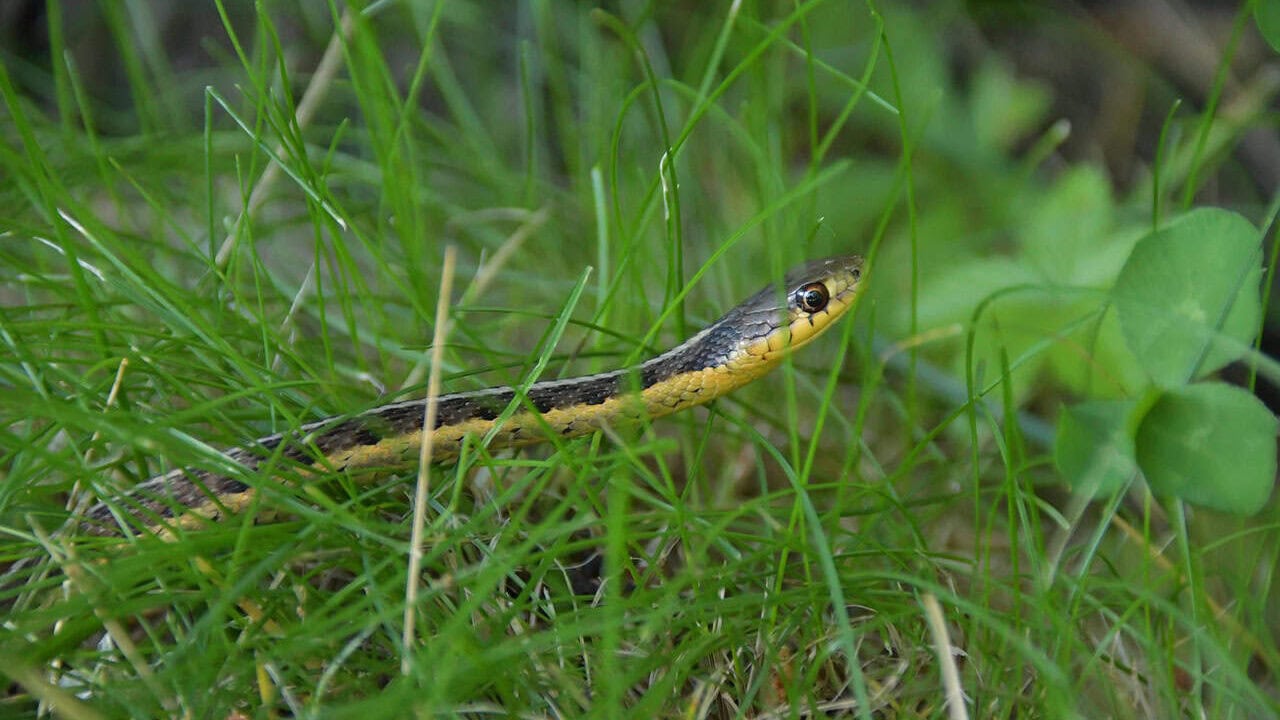
As winter releases its grip and daytime temperatures consistently reach above 60°F (15.5°C), snakes begin emerging from their winter shelters. This spring emergence typically occurs between March and May, depending on the region and local climate conditions. Southern states may see snake activity as early as February, while northern regions might not see significant activity until April or May. During this period, snakes often bask in sunny locations to raise their body temperature after months of inactivity.
Spring is particularly notable for snake activity because it coincides with breeding season for many species. Male snakes become especially active as they search for mates, sometimes traveling considerable distances and potentially appearing in unexpected locations. During this time, snakes may be more visible as they prioritize reproductive behaviors over remaining hidden, making spring an important time for increased awareness in snake-inhabited areas.
Peak Summer Activity: June to August

Summer represents the height of snake activity across most of the United States. With consistently warm temperatures between June and August, snakes can maintain optimal body temperatures for longer periods, allowing them to be active both day and night depending on the species. Diurnal (day-active) species like garter snakes and racers are commonly spotted during daylight hours, while nocturnal species such as copperheads and rattlesnakes often become more active during evening and night hours when summer daytime temperatures may actually be too hot.
During summer, snakes actively hunt, digest meals more efficiently, and continue reproductive activities. Female snakes that mated in spring may be seeking appropriate nesting sites or, in the case of live-bearing species like rattlesnakes and copperheads, finding secure locations to gestate their young. The combination of high metabolic rates and reproductive demands makes summer the season when human-snake encounters are most frequent across the country.
Fall Transition: September to November
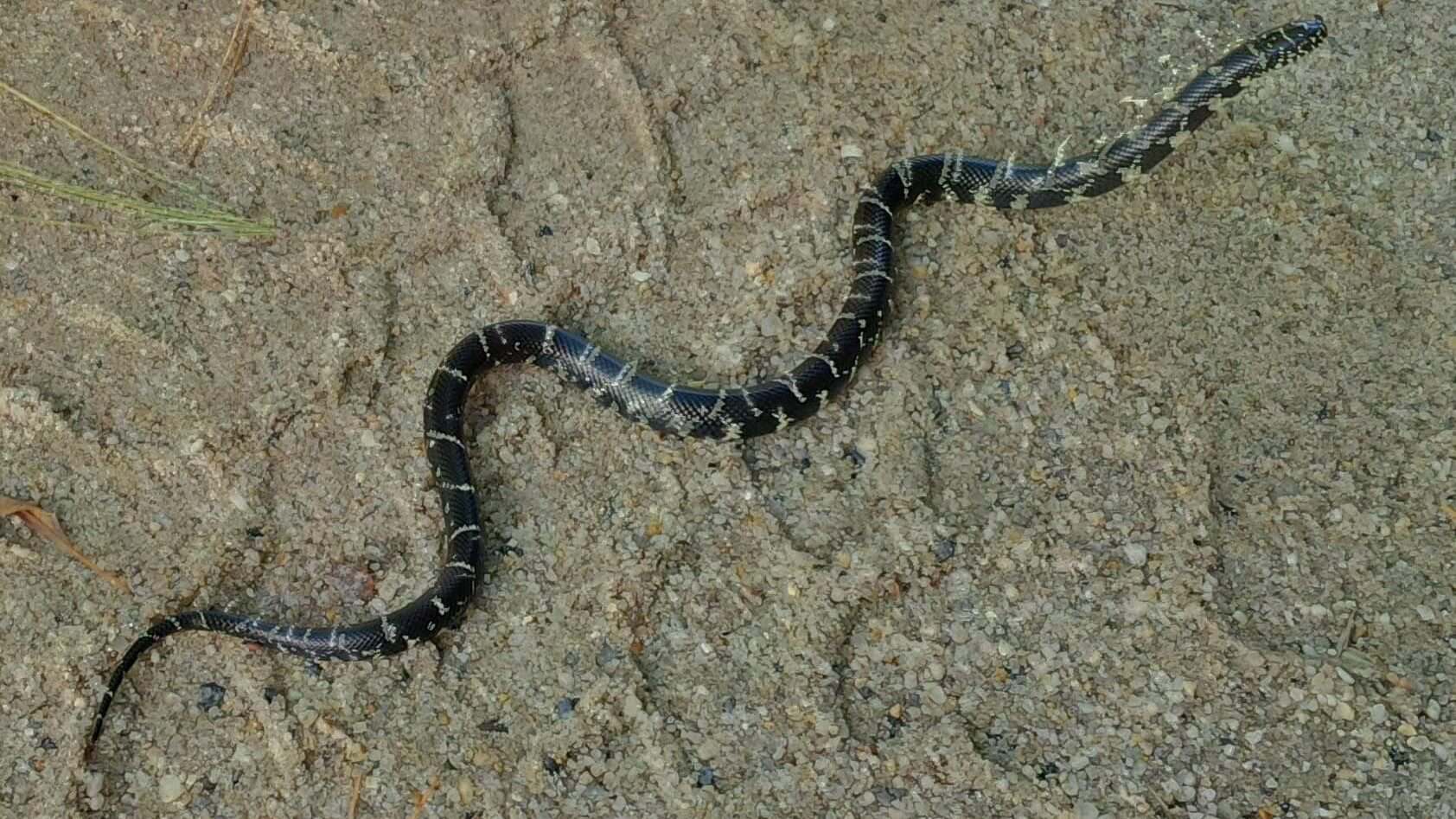
As summer transitions to fall between September and November, snake activity begins to change in character. Cooling temperatures trigger behavioral shifts as snakes prepare for winter. During early fall, many species experience a second activity peak as they intensify feeding to build fat reserves for winter. This can sometimes lead to increased sightings around homes and buildings as snakes search for prey and potential overwintering sites.
For many species, fall is also when young snakes are born or hatched, introducing a new generation that must quickly adapt and prepare for winter. These juvenile snakes may be more visible as they disperse from birthing areas and establish their own territories. As temperatures continue to drop through late fall, overall snake activity gradually decreases, with individuals beginning to move toward their winter refuges in rock crevices, burrows, or other protected spaces that offer insulation from freezing temperatures.
Winter Dormancy: December to February
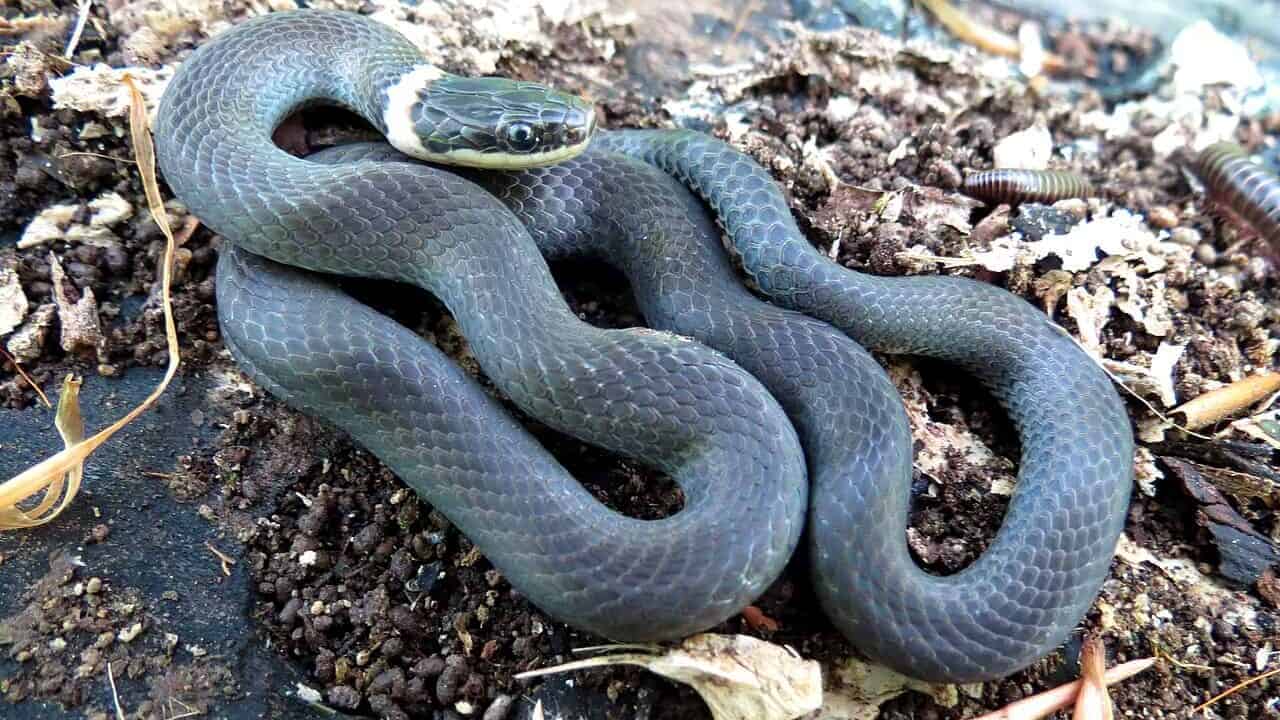
Winter represents a period of dramatically reduced snake activity across most of the United States. From December through February, when temperatures regularly drop below 60°F (15.5°C), most snakes enter brumation—a state of dormancy similar to hibernation but specific to reptiles. During brumation, snakes significantly reduce their metabolic rate, heart rate, and respiration, allowing them to survive extended periods without food. They seek out protected locations below the frost line, such as deep rock crevices, animal burrows, caves, or even human structures like basement foundations.
While brumation is the norm, it’s worth noting that in the southernmost regions of the U.S., particularly in Florida, parts of Texas, and southern Arizona, some snake species may remain somewhat active year-round due to milder winter temperatures. Even in colder regions, unusually warm winter days might temporarily rouse snakes from their dormant state, though these appearances are typically brief and infrequent. Generally, winter represents the season with the lowest probability of snake encounters throughout most of the country.
Regional Variations in Snake Activity
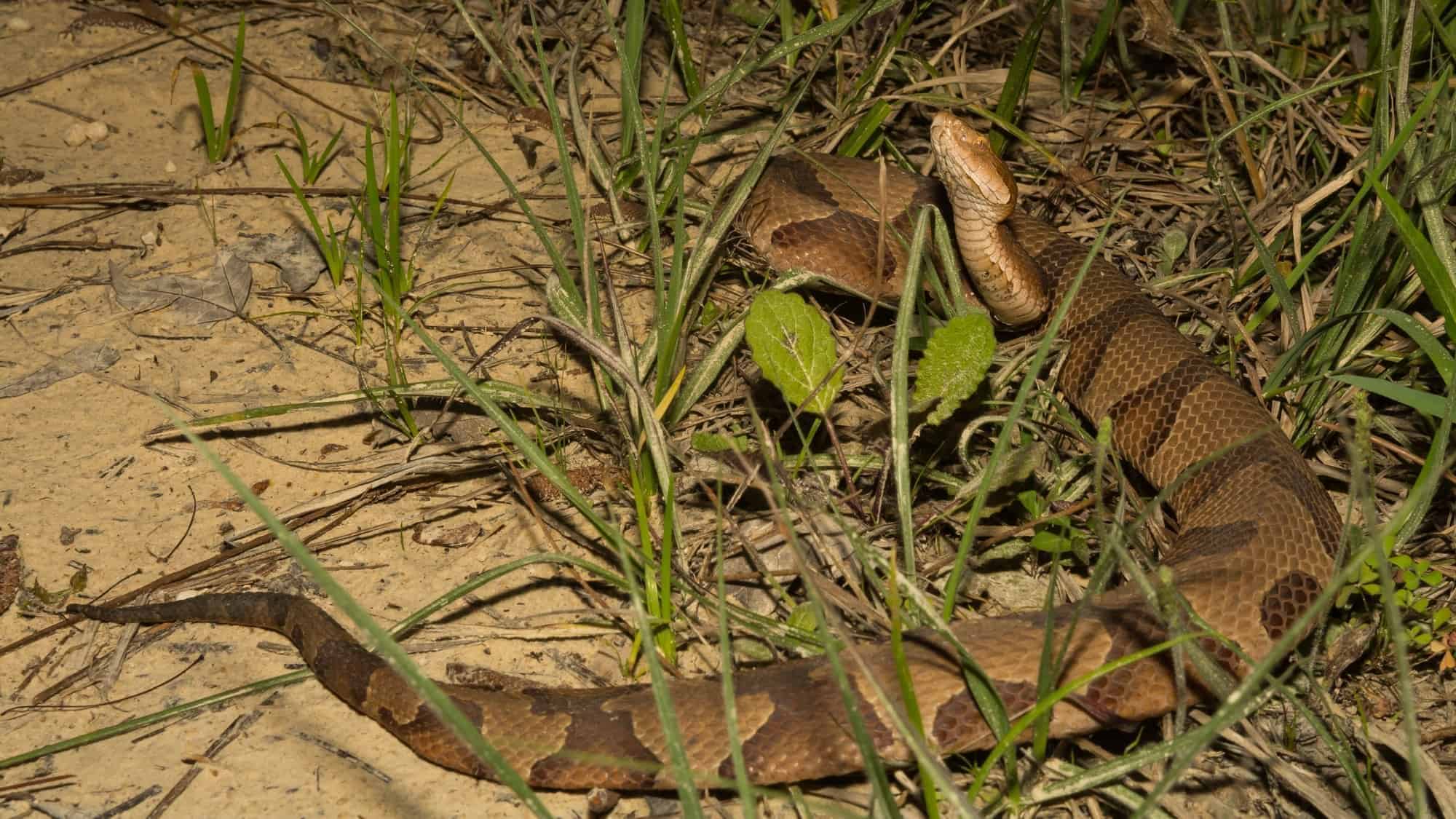
Snake activity patterns vary significantly across the United States due to dramatic climate differences between regions. In the Southeast, with its humid subtropical climate, snakes may be active for 9-10 months of the year, with only brief periods of winter dormancy. Species like cottonmouths, copperheads, and numerous watersnakes remain active well into November and resume activity by early March. The Southwest presents different patterns, where many snake species adopt crepuscular (dawn and dusk) or nocturnal habits during summer months to avoid scorching daytime temperatures that can exceed 100°F (38°C).
By contrast, northern states experience much shorter active seasons for snakes. In places like Minnesota, Montana, and Maine, snake activity might be limited to just 5-6 months from late April through September. Mountain regions present another variation, where elevation creates multiple activity zones—snakes at lower elevations become active weeks earlier in spring and remain active later into fall than their higher-elevation counterparts. These regional differences highlight how snake activity is precisely calibrated to local environmental conditions.
Daily Activity Patterns and Temperature
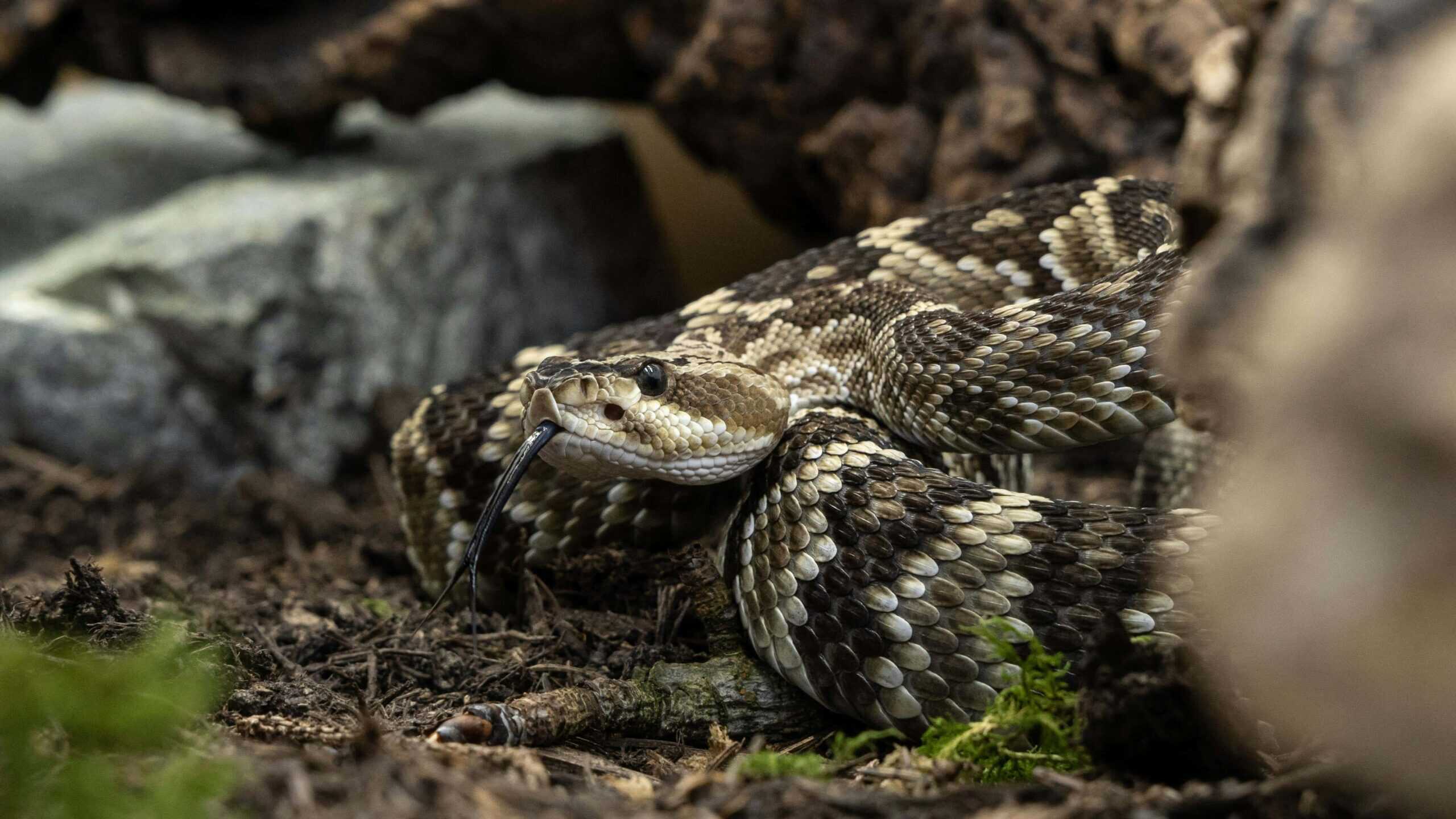
Beyond seasonal changes, snake activity follows distinct daily patterns that shift throughout the year. During spring and fall, when ambient temperatures are moderate, many snake species are most active during daylight hours, particularly mid-morning through afternoon when they can achieve optimal body temperatures. This diurnal activity pattern allows them to warm quickly and perform necessary biological functions efficiently during these transitional seasons.
As summer temperatures rise, many species shift to crepuscular (dawn and dusk) or nocturnal activity patterns to avoid potentially dangerous heat. This is especially true in hotter regions like the Southwest, where daytime ground temperatures can become lethal. Rattlesnakes, for instance, may be primarily nocturnal during July and August in Arizona and Nevada. Understanding these daily rhythms can help people plan outdoor activities to minimize snake encounters—early mornings in summer might see increased snake activity as they finish nighttime hunting before retreating to shelter for the day.
The Influence of Weather Conditions
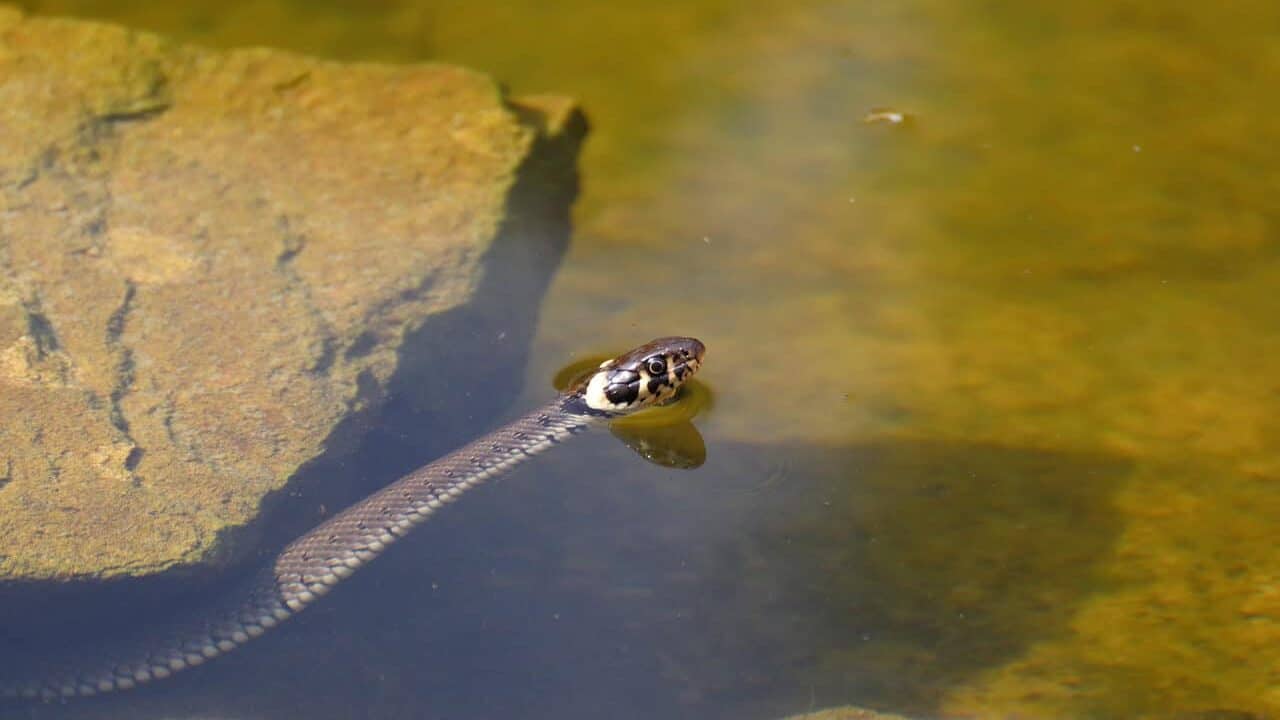
Beyond seasonal patterns, specific weather conditions significantly impact day-to-day snake activity. Warm days following rain often trigger increased snake movement as prey animals like amphibians, rodents, and insects become more active. Barometric pressure changes preceding storms may also influence snake behavior, with some species increasing activity just before weather systems move through an area. During extended drought periods, snakes may concentrate around remaining water sources, potentially increasing human encounters near lakes, streams, and even swimming pools or irrigated areas in residential settings.
Extreme weather events can disrupt normal activity patterns entirely. Heavy flooding can displace snakes from typical habitats, causing them to seek higher ground—sometimes in or around human structures. Extended heat waves may force typically diurnal species to become strictly nocturnal or reduce activity altogether. These weather-related behavioral adaptations demonstrate the remarkable flexibility of snakes in responding to environmental challenges while maintaining their ecological roles as important predators and prey within their ecosystems.
Venomous Species Activity Patterns

The United States is home to four main groups of venomous snakes: rattlesnakes, copperheads, cottonmouths, and coral snakes. Each group exhibits somewhat distinctive activity patterns that outdoor enthusiasts should understand. Rattlesnakes, found across most of the continental U.S., generally emerge from brumation in March-April, with peak activity during spring breeding season and again in late summer when females give birth. They typically become nocturnal during the hottest summer periods, especially in southwestern states.
Copperheads and cottonmouths (water moccasins) of the eastern and southeastern states tend to be crepuscular during summer but may be active day or night during spring and fall. Coral snakes, with their highly potent neurotoxic venom, are most common in the South from Texas to Florida and are typically secretive, spending much time underground or under debris. They become most visible during spring breeding season and often after rains when they may emerge from hiding. Understanding these patterns can help people exercise appropriate caution during periods of heightened venomous snake activity.
Snake Activity Around Human Habitation
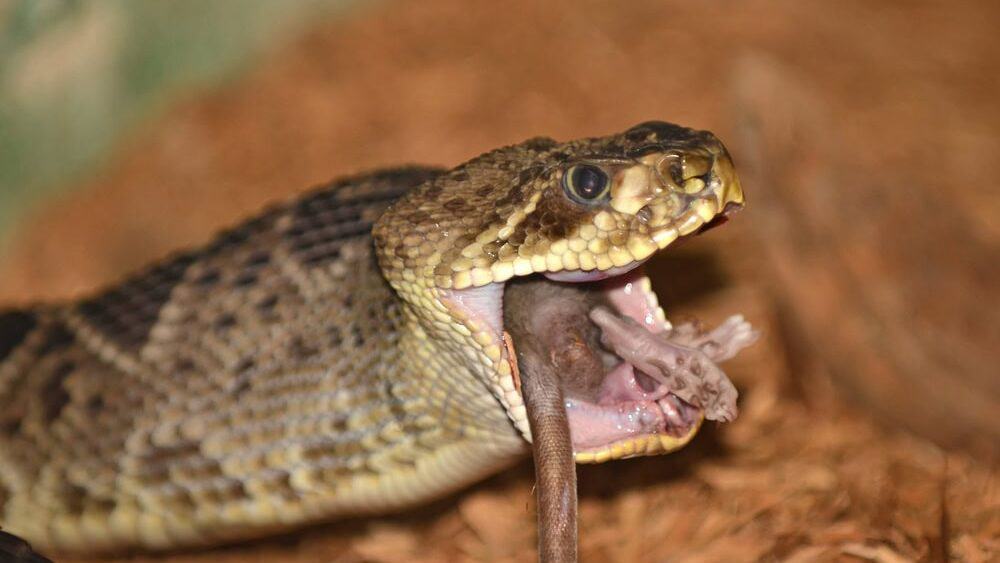
Snake encounters around homes and developed areas follow seasonal patterns similar to natural habitats but with some important differences. Snakes may be attracted to human environments for several reasons: abundant prey (rodents, birds, insects), water sources (especially during drought), and shelter opportunities (woodpiles, garden features, outbuildings). Residential snake activity typically peaks during late spring when snakes are actively searching for mates and feeding territories, and again in late summer/early fall when juvenile snakes disperse and adults seek winter den sites.
Certain human-created features can inadvertently attract snakes. Compost piles, bird feeders (which attract rodents), water features, and dense ground cover provide ideal snake habitat. Properties adjacent to natural areas, particularly those bordering fields, forests, or water bodies, experience higher snake activity. Preventative measures like keeping grass short, removing debris piles, sealing building foundation cracks, and installing snake-proof fencing can help reduce unwanted snake encounters while still allowing these beneficial predators to fulfill their ecological roles in controlling rodent populations in the broader environment.
How Climate Change Is Affecting Snake Activity Patterns
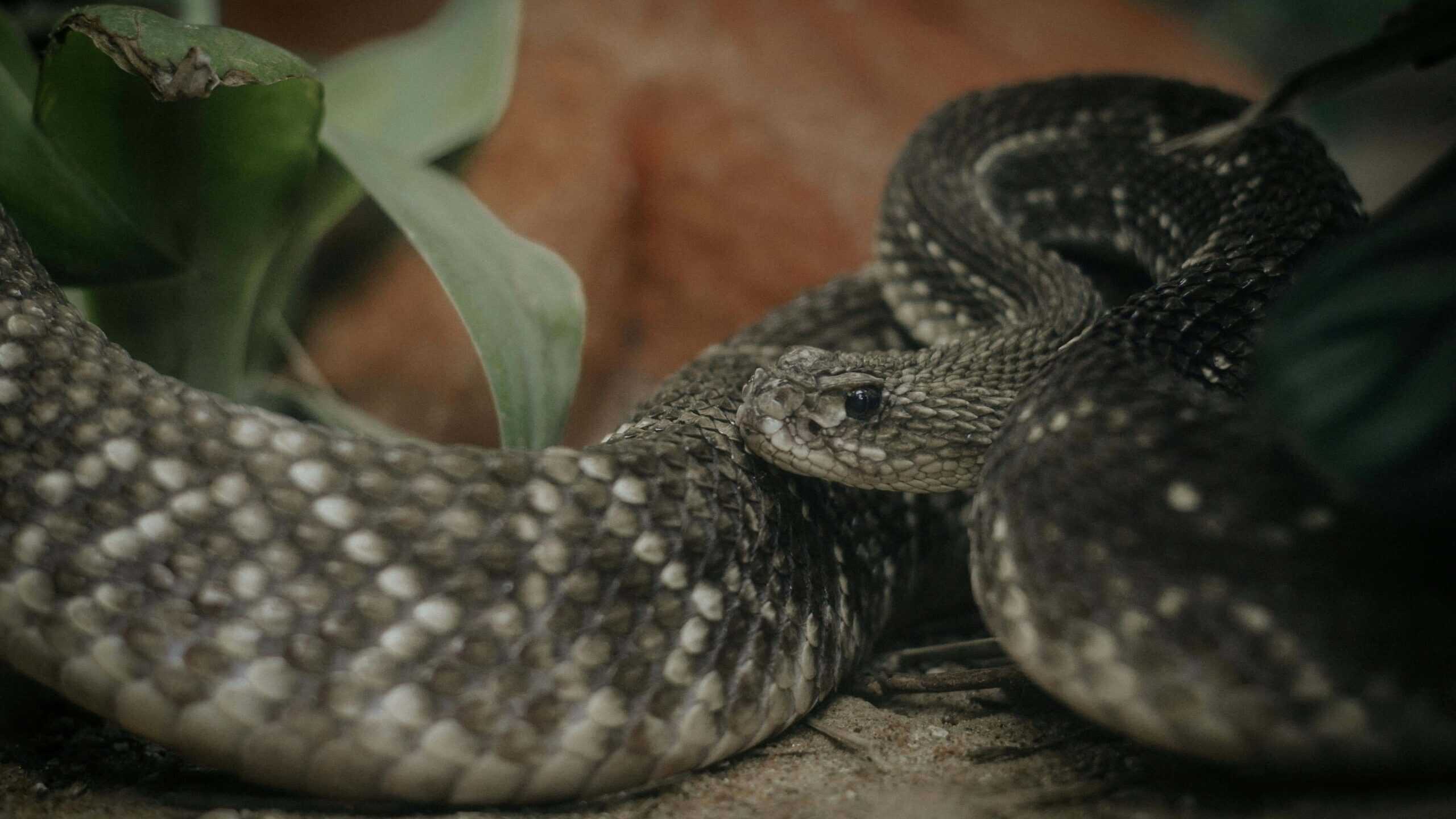
Emerging research indicates that climate change is beginning to alter traditional snake activity patterns across the United States. Warmer winter temperatures in many regions have led to shorter brumation periods and earlier spring emergence. Some studies document snakes becoming active 2-3 weeks earlier in spring compared to historical records from the mid-20th century. Extended fall activity has also been observed, with snakes remaining active later into November and even December in regions where they previously would have entered brumation by late October.
These shifting patterns have several potential implications. Longer active seasons may benefit some snake species by providing extended feeding and reproduction opportunities, potentially leading to population increases. However, altered timing can also create mismatches between snake activity and prey availability or expose snakes to dangerous temperature fluctuations during false springs. From a human perspective, these changes mean traditional expectations about “snake season” may need updating, with awareness of potential snake encounters becoming necessary during traditionally low-activity months in many regions.
Safety Tips for Snake Season

During peak snake activity seasons, several practical safety measures can reduce the risk of negative encounters. When hiking or working outdoors in snake habitat, wear closed-toe shoes or boots and long pants, stay on established trails, and use a walking stick to probe areas ahead. Avoid placing hands or feet in areas you cannot clearly see, such as beneath rocks or logs, dense vegetation, or crevices. Be particularly cautious around water sources, rock outcroppings, and fallen logs—all preferred snake habitats. Nighttime activities in snake-prone areas warrant extra precaution; always use a flashlight and remain alert to your surroundings.
For homeowners in snake-active regions, regular yard maintenance helps reduce encounters. Keep grass mowed short, remove brush piles and debris, store firewood elevated off the ground, and seal gaps under buildings where snakes might shelter. Educate family members, especially children, about snake identification and appropriate responses to sightings: maintain distance, avoid provoking or attempting to handle snakes, and appreciate these animals from afar. Remember that most snakes, even venomous species, prefer to avoid human interaction and will not attack unless threatened or corner.
Understanding seasonal snake activity patterns helps foster a more informed relationship with these important ecological controllers. Snakes provide invaluable ecosystem services by regulating rodent populations that can damage crops, spread disease, and impact native plant communities. A single rat snake might consume dozens of rodents annually, providing natural pest control more effective than many human interventions. The predictable nature of snake activity allows us to appreciate their ecological role while minimizing negative interactions through awareness and simple precautions.
Conservation concerns affect many snake species, with habitat loss, road mortality, and deliberate killing threatening populations across the country. By recognizing that snake activity is highest during specific, predictable seasons, we can develop more effective conservation strategies and public education efforts. Whether enjoying outdoor recreation, gardening, or simply living in snake country, acknowledging these magnificent animals’ seasonal rhythms allows for peaceful coexistence that benefits both human communities and the diverse ecosystems we share with these remarkable reptiles.
- What Time of Year Snakes Are Most Active in the US? - August 11, 2025
- How Rattlesnakes Are Adapting to Suburban Living - August 11, 2025
- Why Some Fish Can Walk Across Dry Land - August 11, 2025

